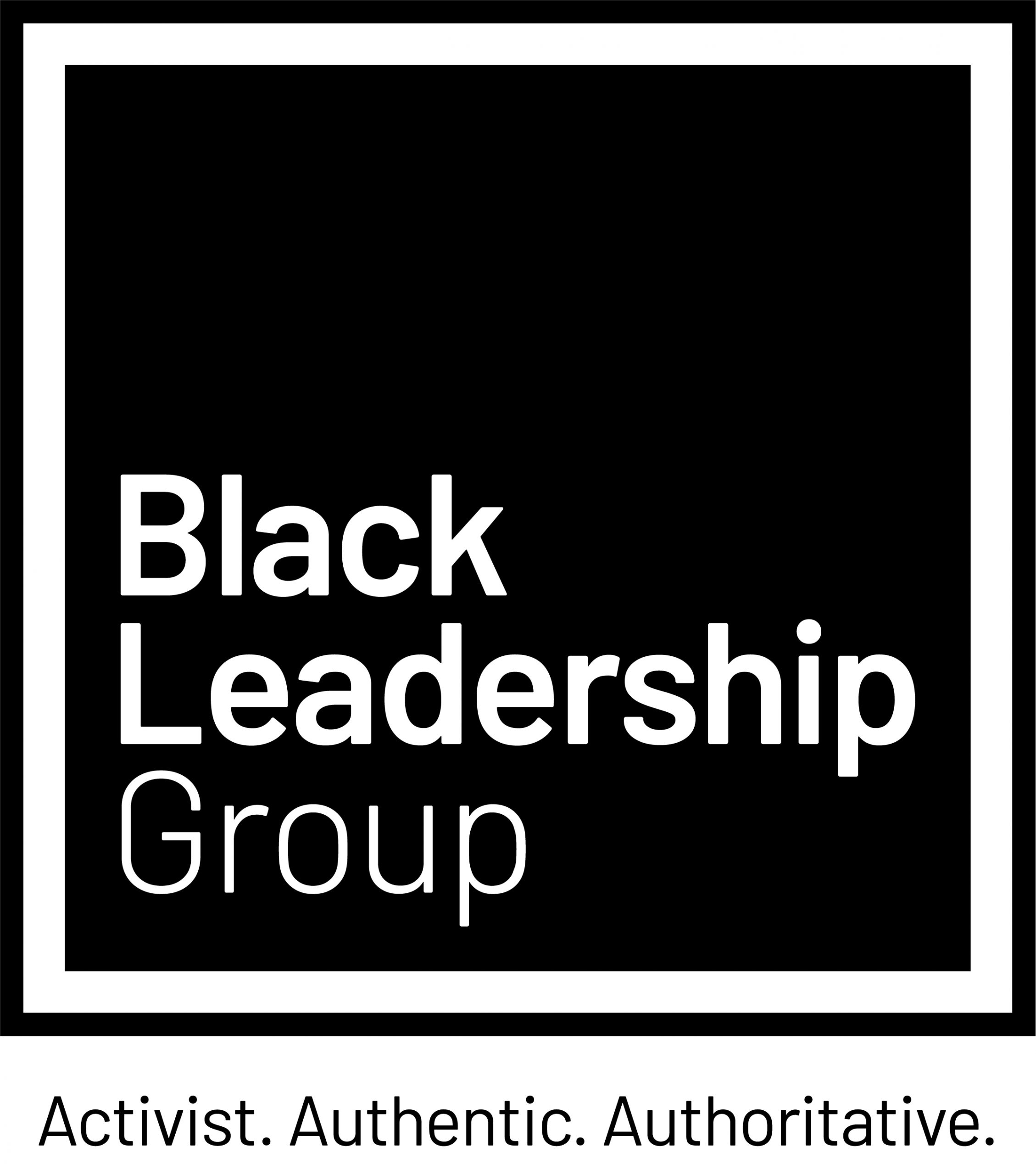Unconscious bias — it’s something we all have, but many of us don’t even realise it. These hidden biases shape the way we make decisions, often without us even noticing. In the hiring process, this can lead to candidates being overlooked or judged unfairly based on things like their race, gender, age, or background. It can also make it harder for underrepresented groups to get a foot in the door, even when they’re highly qualified.
At Black Leadership Job Board, one of the key reasons we created the platform was to tackle this very issue — ensuring that talented Black and ethnic minority professionals have an equal opportunity to be seen and hired.
What is Unconscious Bias?
Unconscious bias is the snap judgment we make about people based on things like their appearance, background, or how they speak. These biases are learned over time, often without us realising it, and they can sneak into hiring decisions in subtle ways. So, for example, a hiring manager might favour someone they feel has a similar background or personality to their own, or they may make assumptions based on a candidate’s name or where they’re from. According to Shortlister, around 60% of employees report experiencing bias at work, while 64% have witnessed it in the past year.
In hiring, unconscious bias can show up in all sorts of ways:
- Affinity bias: Hiring someone because they remind you of yourself or share similar interests.
- Gender bias: Thinking certain jobs are better suited for men or women, even if it’s not true.
- Racial bias: Judging someone because of their ethnicity or background, even if it’s unintentional.
- Age bias: Automatically assuming someone is too young or too old for a role.
So, How Can We Overcome Unconscious Bias in Hiring?
It’s not enough to just be aware of unconscious bias, we need to take action to prevent it from impacting our recruitment decisions. Here are some simple, practical steps teams can take to reduce bias and make hiring a more inclusive process:
-
Bias Training for Hiring Managers
The first step is to get hiring managers on the same page. Bias training is key to helping them recognise their own biases and learn how to counteract them. A good training session should cover things like:
- What unconscious bias is and how it works.
- The impact it has on hiring decisions.
- How to make more objective choices and reduce bias.
It’s not just about awareness—it’s about giving your team the tools to challenge their own thinking and improve how they make decisions.
-
Standardise the Hiring Process
One of the best ways to reduce bias is to make the recruitment process more structured and objective. That way, hiring managers can focus on what really matters—skills and experience—rather than personal preferences. Here’s how you can do that:
- Clear job descriptions: Write specific, detailed job descriptions that outline exactly what qualifications and skills you’re looking for. This ensures everyone is assessed on the same criteria.
- Interview guides: Use the same set of questions for all candidates. This keeps things fair and makes it easier to compare answers.
- Scoring systems: Create a simple scoring system for evaluating candidates. This can help remove personal bias from the decision-making process.
-
Rethink Job Descriptions
Believe it or not, your job descriptions could be scaring off a diverse range of candidates without you even knowing. Words like “aggressive,” “dominant,” or “ninja” might appeal to one type of candidate but put others off. To avoid this, try:
- Using gender-neutral language: Use words that are inclusive and appeal to everyone, no matter their gender.
- Focusing on essentials: Don’t make unnecessary qualifications a barrier. For example, do you really need a degree for the job, or is it just a preference?
- Keeping it welcoming: Write descriptions that reflect your company’s inclusive culture and encourage diverse candidates to apply.
-
Blind Recruitment
This is a great way to remove bias from the initial screening stage. In blind recruitment, you remove identifying information (like names, photos, and even locations) from resumes and applications.
That way, hiring managers can focus purely on the skills and experience a candidate brings to the table, rather than any unconscious assumptions they might make based on a name or background.
-
Diverse Hiring Panels
Having a diverse team involved in the hiring process can help reduce bias.
If everyone on the panel has similar backgrounds, they might be more likely to overlook certain candidates. By including people from different cultures, genders, and backgrounds, you bring a range of perspectives to the decision-making process.
-
Expand Your Candidate Pool
If you want to reduce unconscious bias in your hiring, you need to start by expanding the pool of candidates you’re considering. This means posting jobs on platforms that specifically reach diverse talent (like Black Leadership Job Board) and building relationships with organisations that promote diversity in the workplace. The more diverse your pool, the better chance you have of hiring the best person for the job.
Final Thoughts: Moving Toward a Fairer, More Inclusive Hiring Process
Unconscious bias is something that affects us all, but it doesn’t have to control our hiring decisions. By putting in place a few simple steps—like training, standardising the process, and expanding the candidate pool—you can make a big difference. Not only will you build a more diverse and talented team, but you’ll also help create a workplace where everyone feels valued, respected, and able to thrive.
At the end of the day, reducing unconscious bias in hiring isn’t just about fairness—it’s about building the best team possible. And that’s something every organisation should be striving for.
If you have questions or need guidance on implementing DEI in your hiring strategies, don’t hesitate to reach out and schedule a meeting with our team here: www.blackleadershipjobboard.com/book-a-meeting. Or get started now by creating an account here: www.blackleadershipjobboard.com/register.















